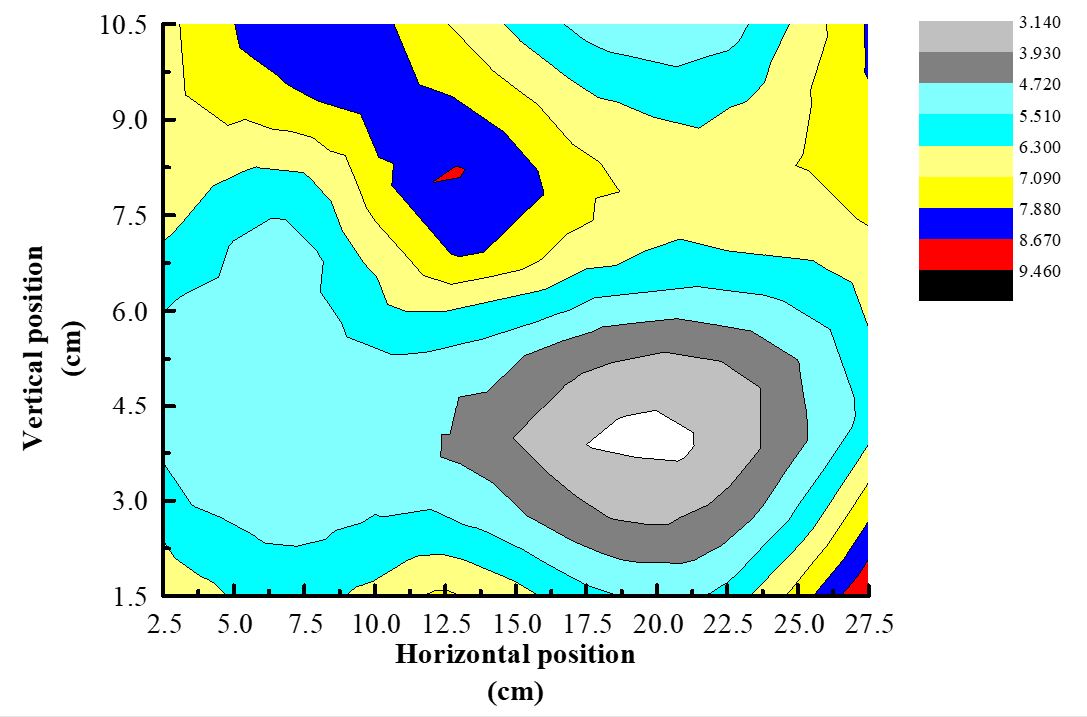
The use of microbial-induced carbonate precipitation (MICP) in soil reinforcement has attracted attention in the academic field in recent years. However, most of the existing studies have been conducted based on one-dimensional ( ) grout injection condition. The present study conducted in vitro and sand column experiments of MICP using a ureolytic bacterium (ATCC 11859) (three-dimensional ( ) and models were considered in the sand column experiments) as well as the feasibility and reinforcing effect of the MICP grout injection method. A comparison of the and grout injection methods showed that the specimens reinforced using the grout injection method had higher strength, better homogeneity, a greater content, and a larger permeability coefficient compared with the specimens reinforced using the grout injection method. The limitations of the model should be considered in future practical applications.
Total file downloads: 9